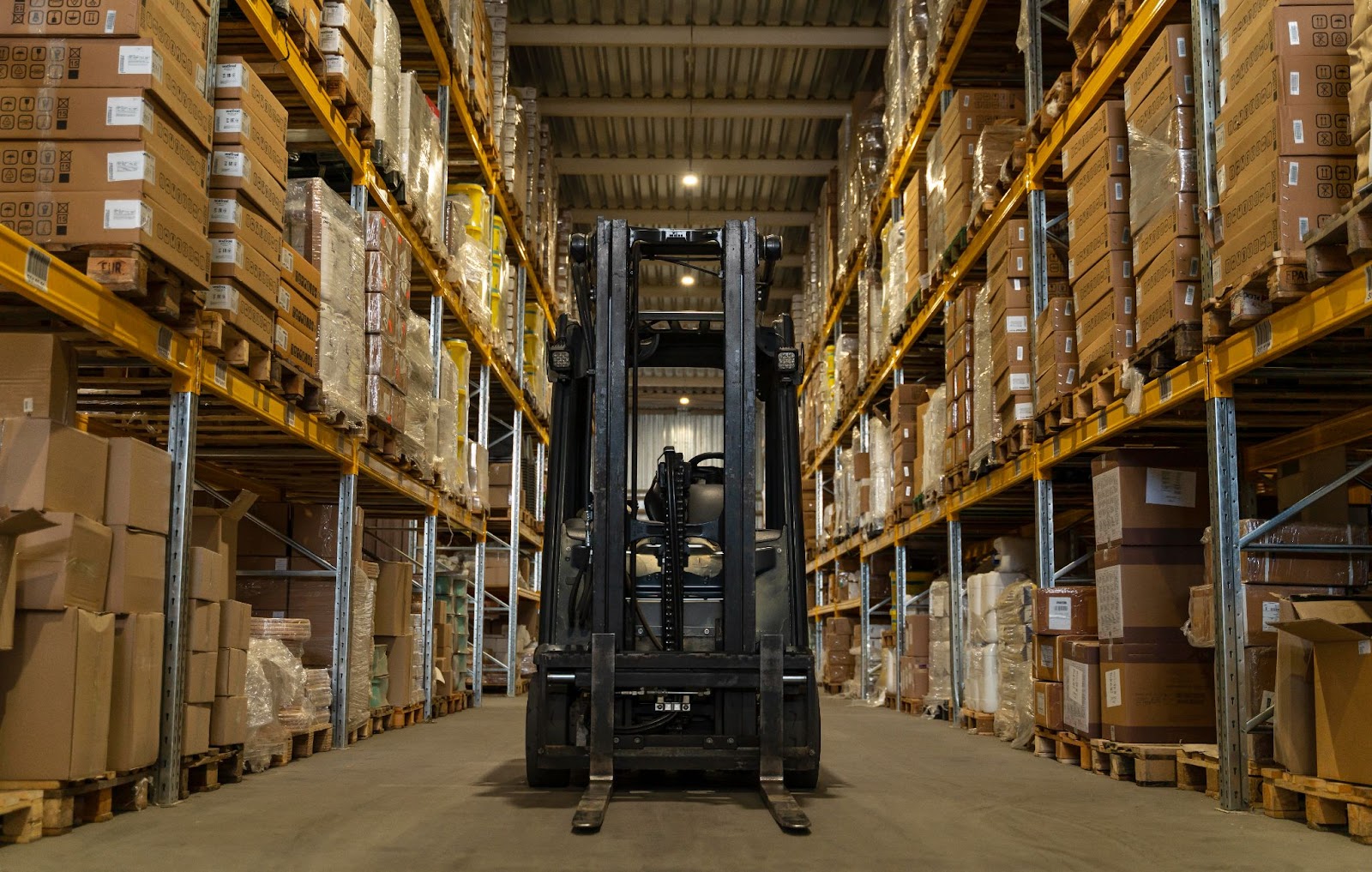Let’s be honest—forklifts don’t break down when it’s convenient. It usually happens when you’re rushing an order, juggling too many things at once, or trying to meet a tight deadline. One minute, your Hyster forklift is running smoothly, and the next, it’s making weird sounds, or worse, just stops.
If you’ve ever found yourself staring at a stalled Hyster wondering, “What now?”, you’re not alone. This guide isn’t just another generic Hyster forklift repair blog. It’s a down-to-earth, real-talk walkthrough that can help you keep your forklift running better for longer.
And yes, we’re going to save some serious cash and time along the way. Whether you’re managing a warehouse, overseeing operations, or just tired of constant breakdowns—this one’s for you.
When Your Hyster Forklift Acts Up
So, what do you do when your Hyster suddenly starts acting out of character?
First, don’t panic. Most issues don’t require replacing the whole machine or calling in a specialist right away. But here’s the thing: acting fast can save you from bigger (and pricier) problems down the road.
Let’s break it down:
- Weird Noises: Maybe it’s grinding, clunking, or something you can’t quite explain. Often, it’s a sign of worn-out bearings or loose components.
- Sluggish Movement: If your forklift is slower than usual, your hydraulic fluid could be low, or there might be a blockage.
- Warning Lights Flashing: Don’t ignore them. They’re not just there for decoration.
Start with the basics. Check fluid levels, listen carefully, and look for any visible wear or leakage. Most importantly, trust your gut. If it feels off, it probably is.
Why Proper Hyster Forklift Maintenance is Non-Negotiable
You wouldn’t drive your car for 50,000 km without an oil change, right? Same deal with forklifts. Maintenance isn’t a suggestion—it’s a necessity.
And here’s why:
- Safety comes first. A forklift with malfunctioning brakes or steering isn’t just an inconvenience—it’s a serious hazard.
- It boosts lifespan. Treat your Hyster right, and it can run like a champ for years.
- It saves you money. Small maintenance routines can prevent expensive Hyster forklift repairs and downtime.
Let’s keep it simple:
- Inspect your Hyster forklift daily before use
- Stick to a monthly checklist for deeper inspections
- Don’t skip your manufacturer’s recommended service intervals
And if you’re thinking, “But we’re too busy for all that”—remember this: nothing kills productivity like a forklift that’s out of commission during peak hours.
Top 5 Common Issues with Hyster Forklifts
Let’s get into the real stuff—what breaks, what wears down, and what you need to watch for. Here’s the lowdown on the top 5 Hyster forklift repair issues you’ll probably run into:
1. Hydraulic System Leaks
If you notice puddles under your forklift or struggle to lift loads, chances are there’s a hydraulic issue brewing. Often it’s just a worn-out seal or a cracked hose. The longer you ignore it, the worse it gets—and trust me, replacing a whole hydraulic pump isn’t cheap.
2. Battery Problems (Electric Models)
Electric Hyster forklifts are solid, but battery neglect can leave you stuck. Watch out for:
- Corrosion on terminals
- Low water levels in lead-acid batteries
- Poor charging habits
Keep your battery clean, check fluid levels weekly, and avoid deep discharges. It’s basic, but it works.
3. Overheating Engines
For internal combustion Hyster forklifts, overheating is a common headache. Dirty radiators, low coolant, or broken fans are often the culprit. Don’t wait until the engine’s smoking—check your cooling system regularly.
4. Faulty Brakes
Brakes are non-negotiable. If the stopping feels soft or squeaky, you might need to replace brake shoes or adjust the system. Don’t gamble on safety.
5. Steering Problems
Loose or stiff steering usually means trouble in the hydraulic steering circuit or worn-out parts. If your operator’s struggling to make turns, it’s time to get under the hood.
Conclusion
Fixing a used Hyster forklift isn’t just about tools and parts—it’s about mindset. Stay on top of the little things, listen to your machine, and don’t brush off the signs when something feels wrong.
You don’t need to be a mechanic to spot early issues or do basic maintenance. A little effort now can mean fewer headaches later—and way less money spent.
That’s where PRG Equipment steps in. From expert Hyster forklift repairs to maintenance you can trust, we’re here to keep your operations running like clockwork.
FAQ’s
Q1. How often should I service my Hyster forklift?
Ans: Follow your manufacturer’s guidelines, but as a rule of thumb, do daily inspections, monthly maintenance, and schedule major servicing every 6 months.
Q2. Can I do Hyster forklift repair myself?
Ans: Yes, for minor issues like fluid top-ups, battery maintenance, or changing filters. But for complex stuff, it’s better to call a certified tech.
Q3. What’s the most common cause of breakdowns?
Ans: Neglected maintenance. Most breakdowns start as small issues that get worse over time. Stay consistent, and you’ll avoid the big ones.
Q4. How do I know if my Hyster forklift needs a new battery?
Ans: If it’s not holding a charge, you see corrosion, or charging times are getting longer, it might be time to replace it.
Q5. Why should I keep a maintenance log?
Ans: It helps you track recurring problems, stay on schedule, and makes things easier if you ever need a technician to step in.
